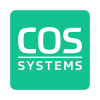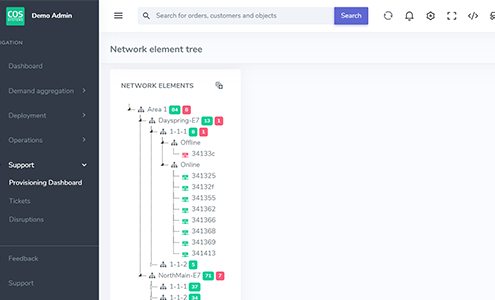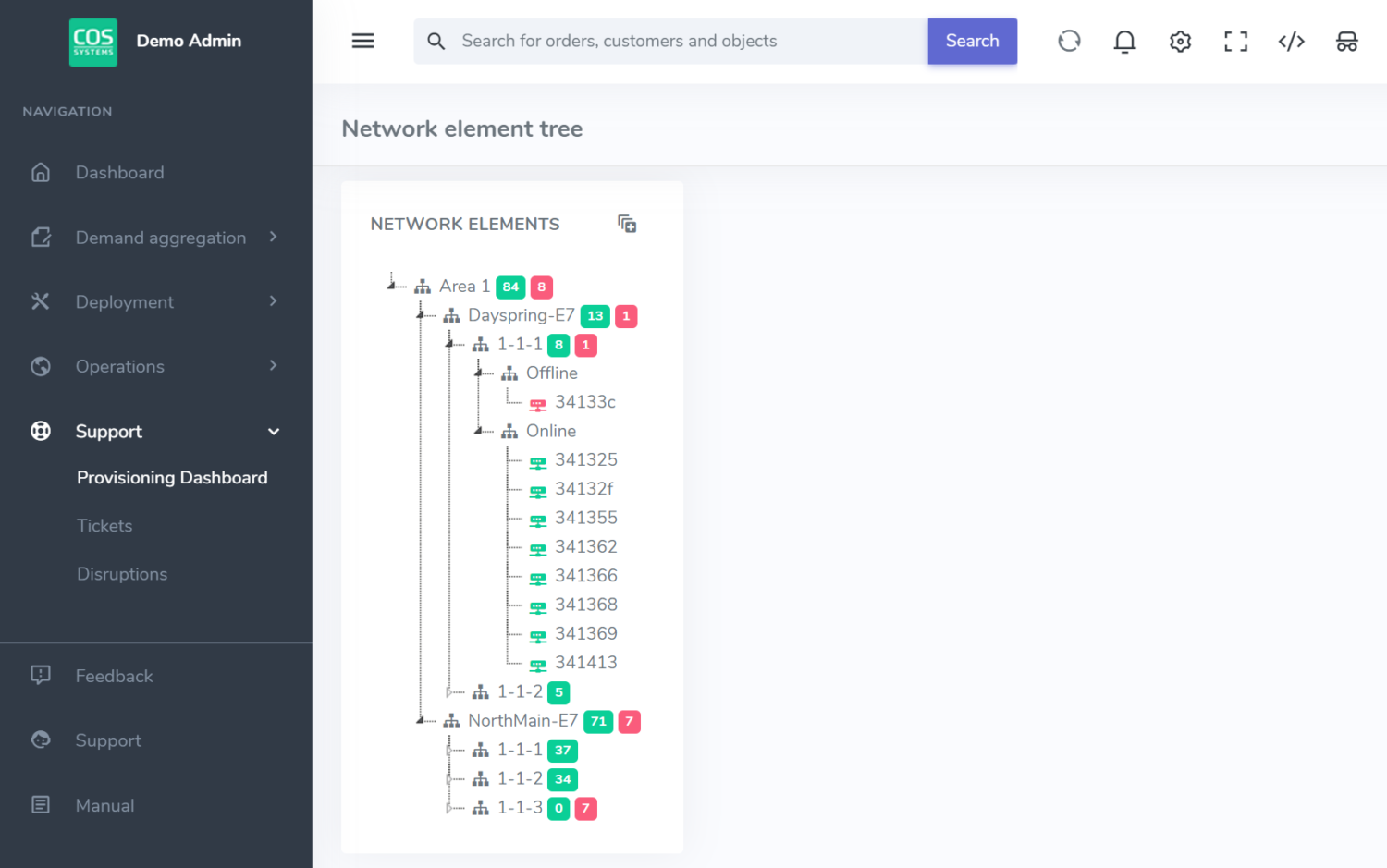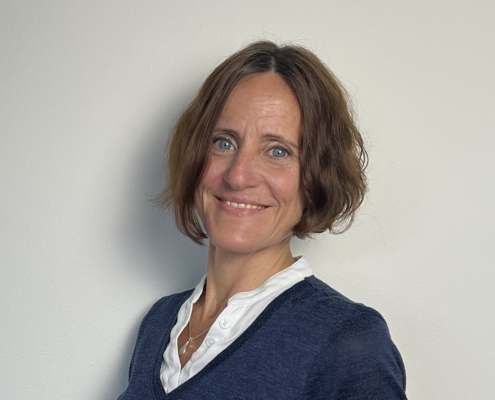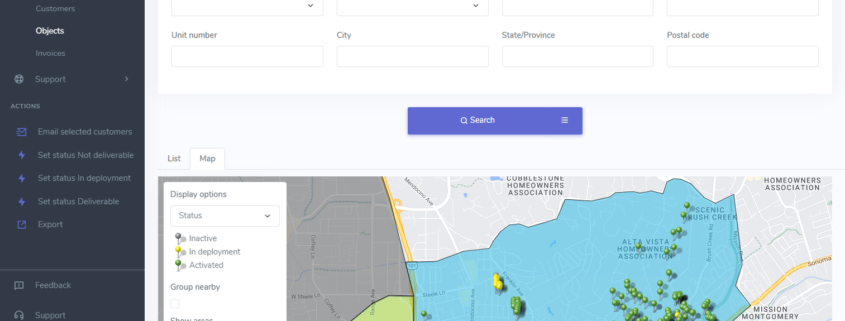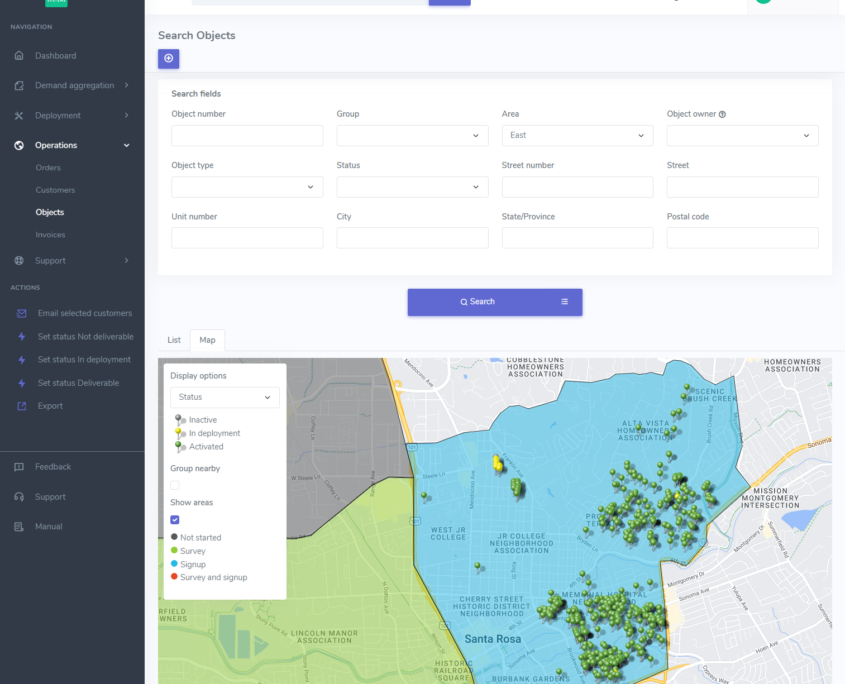My personal observations and thoughts
about the future

Ten years ago, I was contacted by people on the board of a startup called COS Systems. They knew I had recently moved back to my hometown Umeå where they were headquartered, and asked if I was interested in becoming their CMO. I did two things. First, I googled the term CMO as I wanted to be sure I knew what it meant. I found out it was a role that encompassed both Sales and Marketing strategy and much more since keeping these parts of the customer acquisition process in tight sync is a good idea. On Wikipedia it also said that typically a CMO stays about three years, often because it’s a lot to manage both Sales and Marketing. But it sounded like something that could fit me, and as I’ve been at COS for ten years now, I assume it wasn’t that bad.
The second thing was to meet with the company and figure out what they were doing and if there was a market for them. They had two platforms: a BSS/OSS called COS Business Engine that was built for Open Access Networks and a new platform under development. I didn’t know then what a business and operations support system was, and Open Access I only knew from being a customer on the city network, where I could choose between multiple providers. It wasn’t hard to understand that a network where you have a choice as an end consumer would be more attractive than being “owned” by a monopoly, so I loved it.
The platform under development didn’t have a name yet, but the idea was to use the fiber sales tactics that had been used in Sweden for a long time and build an out-of-the-box SaaS platform around it. The idea was to split the area planned to be built out into several competing zones and let the people living there take surveys, then pre-sign up and try to reach the take-rate target set by the network builder to bring fiber to their home. Also, the customers would be kept informed throughout the process automatically by the software.
I was mesmerized! Aren’t there tons of platforms like this already? Isn’t every fiber builder in the world using this tactic? I couldn’t see how this shouldn’t sell like water in the desert. Fast forward, I decided to take the job, got a laptop and a ticket to a Broadband Communities show in the States, and got started. To our big surprise, while we were developing COS Service Zones, Google Fiber launched and used a similar tactic with their “Fiberhoods” ” which made it easier for us to explain what the platform was for. In the US, these pre-sales tactics got a name – Demand Aggregation – but it wasn’t us who came up with it. Does anyone want to take credit!?
The first customer to sign up was California-based ISP Sonic, and I will never forget when Dane Jasper asked me at our booth, “So, who is using this?” I thought for a second and then replied, “You’re the first one Dane!”. They had started building something similar on their own, but an entrepreneur at heart, I guess Dane was brave enough to jump on to something new. At COS, we are still grateful since that was really the start of our growth in the US. Big shoutout to @dane and the entire team at Sonic! Since then, we’ve done 200+ projects in the US alone and seen many networks built and expanded with subscriber commitment. Many of the first customers were small, privately owned ISPs and WISPs moving into fiber. I guess that if you’re spending your own money, you really want to make sure you spend it in the best possible way. We’ve also seen competitors pop up, and many network owners and ISPs have built similar features into their websites. All in all, I would say that some sort of gathering of customer interest and pre-signups is the norm today in Fiber network build-outs and is often mandatory when applying for grants.
Today, we have merged the survey and pre-signup functionality into our BSS/OSS platform COS Business Engine to create an even smoother transition into build-out and operations of the network.
So, back to the Open Access history. It was a big surprise to come to the US from Sweden, where fiber is not solely viewed as something that has to do with internet service but rather as an infrastructure. More or less the same as having electricity or water connected to your home. In Sweden people are not hard to convince to pay $2000-$4000 to get it installed. In the USA it was about lightning fast and Mbps and the Gig! Mentioning Open Access was like cursing in church. Some early failures had given the term a bad taste it felt like, and there were misconceptions about what it is (still today!). My personal view was that there were two main reasons for early failures.
- “Build it, and they will come” mentality rather than the Demand Aggregation model we proposed.
- Trying to run an Open Access network without proper system support, or trying to build your own system (without the experience of actually running an Open Access network), or trying to run it with a system built for something else. I mean, pickup trucks are awesome, but no one would roll up to the start line in a NASCAR race with one of those. It’s the same as trying to operate an Open Access network using a traditional ISP billing platform.
We still managed to build a loyal customer base, and the next shout-out goes out to the awesome team at Kitsap PUD in Washington State for believing in us and sticking with us. Some of my best times in this industry have been with Angela Bennik and Paul Avis.
Today, we have expanded our BSS/OSS platform COS Business Engine to not only support Open Access Networks, but pretty much any business model. The Marketplace-driven Open Access model, of course, where you can choose between multiple providers on a network-provided marketplace. Pure wholesale networks where the ISP ties their Billing platform to our backend to front the customer on a network with a separate entity owning and operating it, but less obviously so to the end-customer. Traditional ISPs, where service provisioning and billing is automated from the Marketplace. And more. Some enhancements we are working on now are even better support for ISPs who want to remain the Internet service provider but invite other providers to sell additional services on a wholesale fee model and also sales of enterprise-type services like dark fiber, point-to-multipoint connections, and similar. Our BSS/OSS customer base is growing faster than ever, and our customers are building fiber to millions of homes and businesses on several continents. It feels great to be part of the solution for those who still lack good broadband.
So what about the future?
When it comes to business models, I have no doubt that the infrastructure approach to fiber will dominate. Whether it’s called Open Access, wholesale, digital infrastructure, or something else doesn’t really matter. With big investors, such as Meridiam with their networks in the USA, Canada, and Europe, or Blackrock in their Gigapower venture with AT&T, stepping in with billions to fund infrastructure, they will not settle with selling internet services. They will focus on owning the infrastructure of the future and be able to use it for whatever use cases the future will hold.
When it comes to the tech stack for fiber operators, I also see a clear trend. Since I started traveling to the US in 2013, several new companies have grown to, in my opinion, lead the market. Digital fiber mapping tools such as Vetro Fibermap and IQGeo, Auto design tools like Comsof (now acquired by IQGeo) and Biarri, and digital construction management platforms like Vitruvi, Render, and Ocius-X. There are more examples, these are just a few. But what they all have in common is that they are built to digitize and automate processes of planning, building, and operating fiber networks. On the hardware side, all electronic vendors are focusing more and more on their software platforms and simplifying integrations to other systems, such as BSS/OSS platforms. The tech stack of future broadband network operators will be highly integrated and centered around one core platform holding the source of truth, ensuring real-time data you can trust and in turn, enabling a maximum degree of automation in all daily tasks of running a network. Just like COS Business Engine. It will not only be new operators choosing modern, integrated, and automated software stacks. Existing operators will migrate over to more modern alternatives to make their operations more efficient. Old clunky software has to adapt or become obsolete. Today, it’s not about fewer clicks. It’s about no clicks and preferably enabling the subscriber to drive everything!
Now, there are new operators popping up left and right to get their share of the market in the fiber race, especially in the USA and Canada. This is the right time. The window is now because once built it will be very hard to find a business case strong enough to support overbuilders. The next phase in some 3-5 years, will be a time of consolidation that will continue for quite some time. Smaller and failed networks will be acquired by those who win the race in the next few years.
For COS, the future looks brighter than ever. We have a great platform that fits well with the direction the market is evolving in. We have amazing partners in the industry that I’m very grateful for (you’re too many to mention, but we are grateful for each and every one of you). We’re growing the COS team and are having a lot of fun despite all the work that comes with this very exciting opportunity. I hope we can team up on this journey. Reach out!
The COS Team says hi and has gathered some old pictures of Isak – we hope you enjoy them 😉







